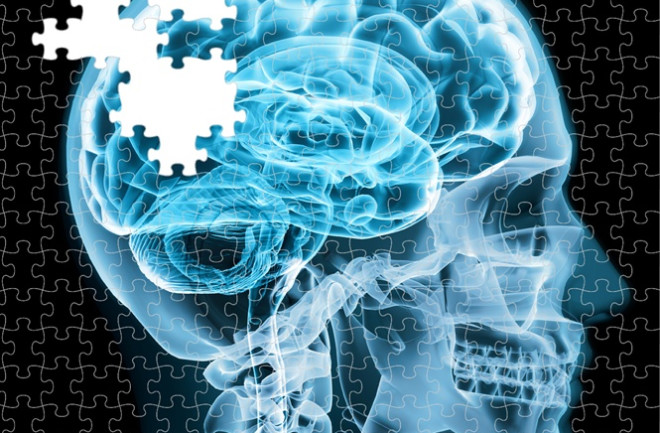More than a hundred years ago, German physician Alois Alzheimer did a grim postmortem analysis of the dementia-ravaged brain of one of his patients. He hoped to unmask the biological roots of her severe and rapid mental deterioration and bizarre mood swings.
Her name was Auguste Deter, and she was admitted to the Hospital for the Mentally Ill and Epileptics in Frankfurt in 1901. When Alzheimer first interviewed the 51-year-old woman, she was enveloped in a fog of confusion, and she exhibited delusional behavior: She was intensely jealous of her husband; she sometimes would start screaming, thinking people wanted to kill her; and she became wild and uncontrollable. She died five years later.
When Alzheimer examined thin slices of her brain under a microscope, he noticed that nestled right next to the labyrinth circuitry of healthy nerve cells were small clumps of hard, barnacle-like bundles of proteins called amyloid plaques and that many of the fibers extending from the ends of the nerve cells — different proteins called tau — were thickened and tangled. This aberrant brain circuitry — the amyloid plaques and tau tangles — became the twin hallmarks of the disease that bears his name.
For years, scientists have struggled to understand how these proteins work. Why do they go haywire? What comes first — plaques or tangles? And which one is the miscreant that drives nerve degeneration? Are amyloids the toxic bad boys, or the tau tangles? Each camp has long had its devotees. But recent technological advances and a series of remarkable discoveries in the past two years have provided key clues about how Alzheimer’s disease ravages the brain.
Although researchers are reluctant to utter the word cure, they’re tantalizingly close to answering many of the questions that have stymied Alzheimer’s research, and they’re finding ways to prevent this devastating brain-wasting disease — or at least reduce the damage it causes. “Within our lifetimes, we will conquer Alzheimer’s,” says Anne Young, a Harvard neurologist and director of the MassGeneral Institute for Neurodegenerative Diseases in Boston. “It’s an incredibly exciting time, and everything we dreamed of is coming to reality.”

